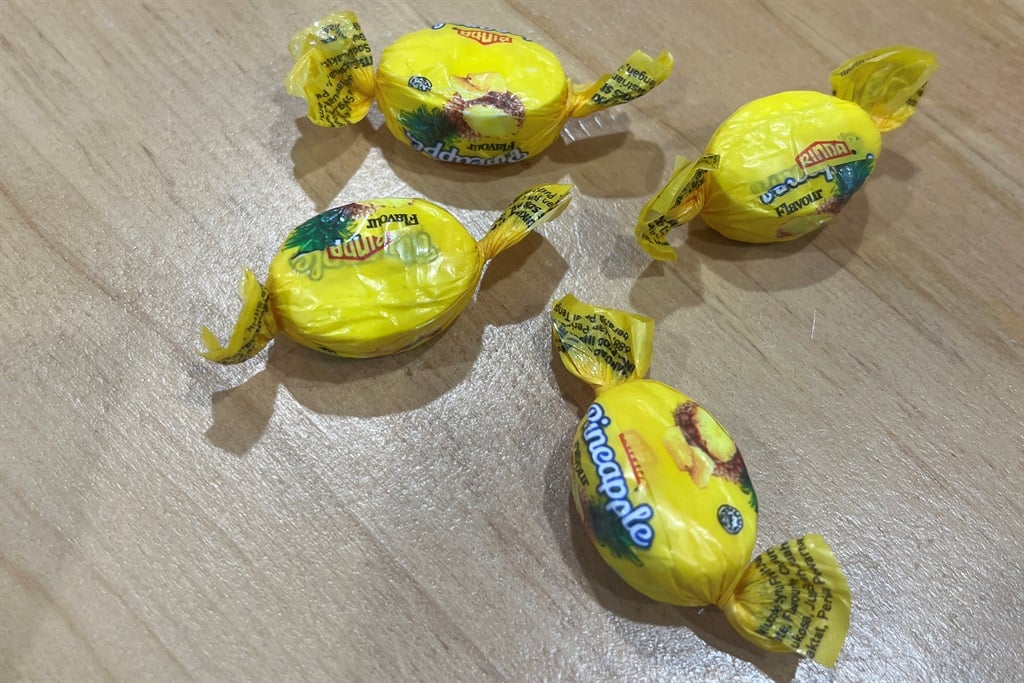The process through which viruses infect bacteria is one of the most striking in biology. It’s also one most studied processes in the past few decades. When viruses infect a cell, they typically do one of two things:
- either they force the cell to produce more viruses and ultimately explode (something called lysis);
- or they integrate their genome in the cell and remain dormant (called lysogeny).
Usually, when a virus infects a cell by itself, it causes lysis. But when multiple viruses intrude, they cause lysogeny. This process has been known for years. However, researchers have now developed new tools to study it in more detail than ever before.
“The field of phage biology has seen an explosion over the last decade because more researchers are realizing the significance of phages in ecology, evolution, and biotechnology,” said Ido Golding (CAIM/IGOH), a professor of physics. “This work is unique because we looked at phage infection at the level of individual bacterial cells.”
Specifically, Golding and colleagues wanted to investigate whether the number of infecting phages (bacteriophages, or viruses that infect bacteria) that bind to a bacterial surface corresponds to the genetic material that they inject into the cell.
Fluorescent genetics
Studying a process that’s so small yet so complex is not exactly a walk in the park. To be able to image the viruses, the team created different fluorescent labels for the genetic protein shell of the phages and the genetic material inside. They then grew E. coli (bacteria) and infected it with different concentrations of viruses, tracking how many injected their genetic material into the bacteria.
Remarkably, viruses seemed to impede each other from the very start. When multiple phages attached themselves to a bacterial cell, fewer of them were able to even enter the cell, let alone cause lysis.
“Our data shows that the first stage of infection, phage entry, is an important step that was previously underappreciated,” Golding said. “We found that the coinfecting phages were impeding each other’s entry by perturbing the electrophysiology of the cell.”
“By influencing how many phages actually enter, these perturbations affect the choice between lysis and lysogeny. Our study also shows that entry can be impacted by environmental conditions such as the concentration of various ions,” Golding said.
Bacteria, viruses, and electricity
Researchers suspect an electrical cause of this effect. Because the bacterial shell is very active in terms of electron and ion movement, it makes sense that this could also affect the invading viruses. The importance of this electrophysiology has been increasingly linked to a number of processes, including antibiotic resistance — so it makes sense that this is also at play here.
However, to uncover the molecular underpinning of this process, they need a better imaging resolution.
Even though the resolution of our techniques was good, what was happening at the molecular level was still largely invisible to us,” Golding said. “We are looking at using the Minflux system at the Carl R. Woese Institute for Genomic Biology. The plan is to examine the same process but apply a better experimental method. We’re hoping that this will help us find new biology.”
The study of bacteriophages is more than just a theoretical pursuit. In addition to uncovering new biological processes, this could be important for us humans.
By understanding bacteriophages, scientists can develop phage therapy to treat bacterial infections that no longer respond to conventional antibiotics, ensuring effective medical treatments. Additionally, bacteriophages play a critical role in biotechnology, aiding in genetic research and the development of new drugs. Their natural ability to control bacterial populations also makes them valuable in agriculture and food safety, helping to prevent bacterial contamination and disease.
Journal Reference: Thu Vu Phuc Nguyen et al, Coinfecting phages impede each other’s entry into the cell, Current Biology (2024). DOI: 10.1016/j.cub.2024.05.032
Thanks for your feedback!




















Discussion about this post